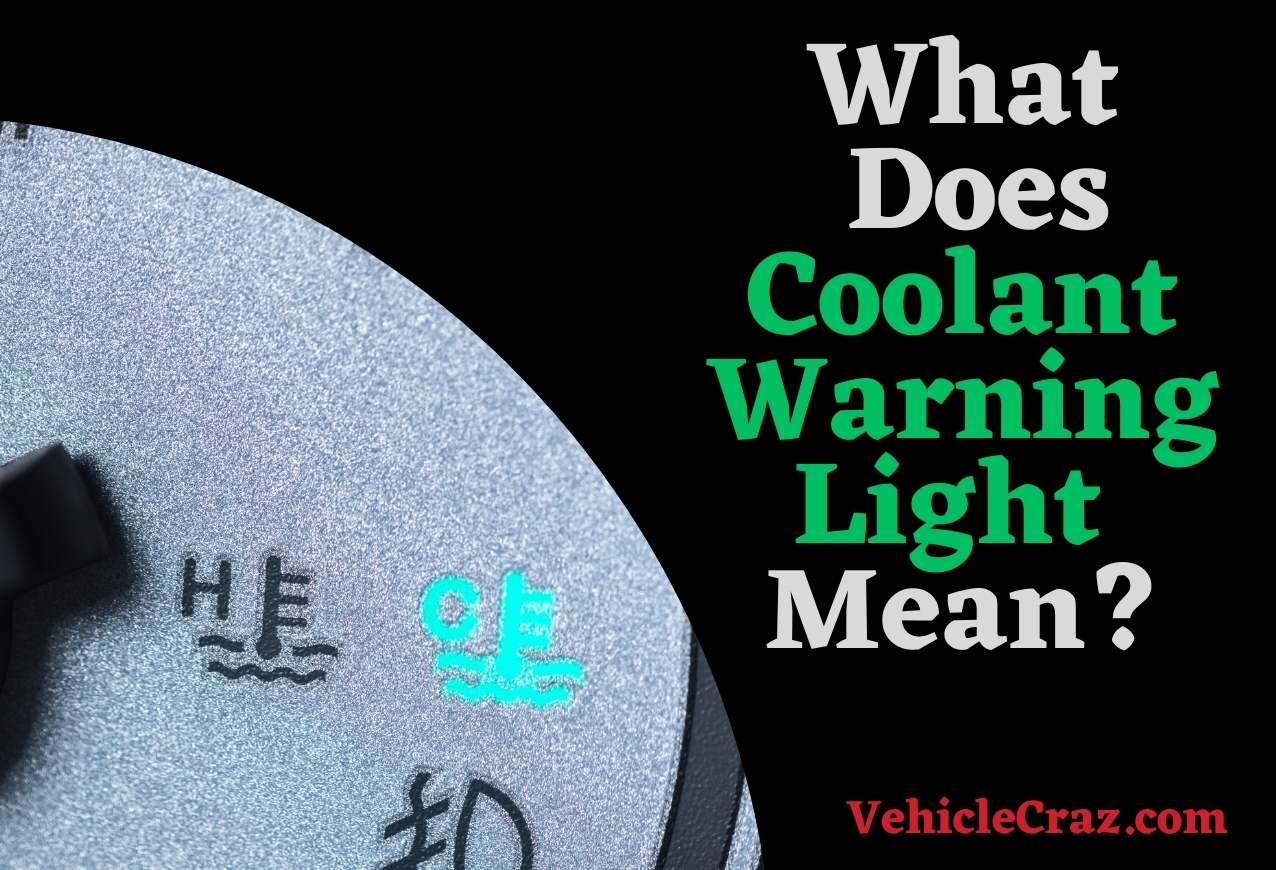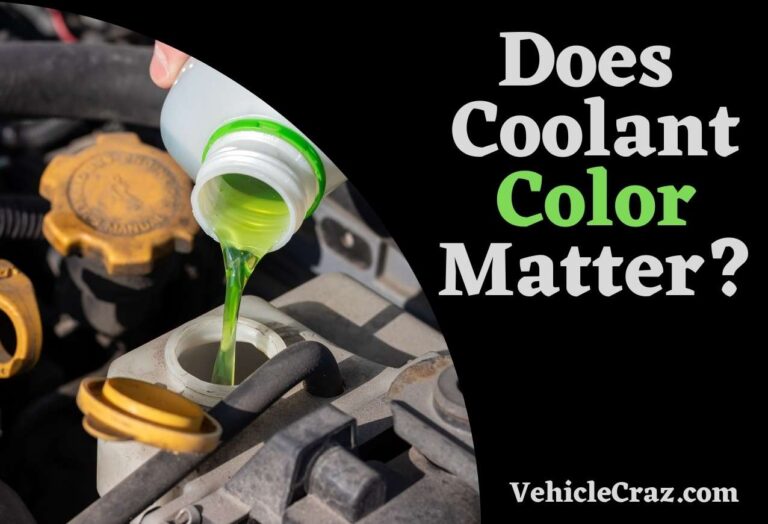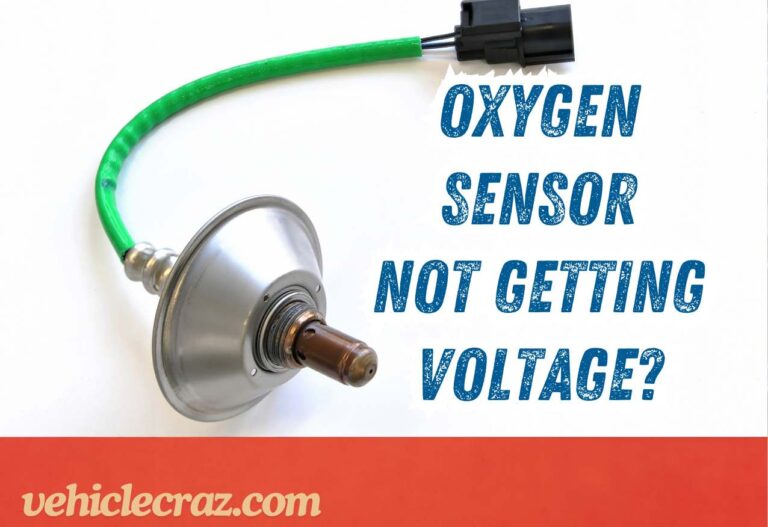What Does Coolant Warning Light Mean?
The coolant warning light also called engine temperature warning light in a vehicle’s dashboard is a crucial indicator that alerts the driver to potential issues with the engine’s cooling system. Ignoring this warning can lead to serious engine damage and even complete engine failure. It won’t happen to you if you take a minute and read this article till the end.
What Does Coolant Warning Light Mean?
When the coolant warning light comes on, it tells that the engine is either overheating or there is a problem with the coolant level or circulation. Let’s see the reasons behind the illuminated coolant warning light on the dashboard.
What Causes Coolant Warning Light?
Low Coolant Level
The first thing you should do if you see the temp warning light is to check the coolant level as it is the most common cause. Low coolant level is often the result of a leak in the cooling system or evaporation over time. Leaks can occur in various components such as the radiator, hoses, water pump, or heater core due to wear, corrosion, or damage.
Coolant evaporation is more likely to take place in hot climates or demanding driving conditions.
Faulty Thermostat
The thermostat is a crucial component of the engine’s cooling system. Its responsibility is regulating the flow of coolant through the engine. A faulty thermostat can cause the engine to overheat in addition to preventing proper circulation of coolant. This can lead the coolant warning light to come on.
When the thermostat fails, it may get stuck in either the open or closed position. If stuck closed, it will not allow coolant to flow through the engine, causing it to overheat. Conversely, if stuck open, the engine may not reach its optimal operating temperature, leading to inefficient fuel combustion and potential damage to engine components.
A malfunctioning thermostat can also prevent the coolant from circulating properly, leading to hot spots in the engine and ultimately triggering the coolant warning light.
Blocked Radiator
A blocked radiator can impede the flow of coolant, leading to overheating and triggering the coolant warning light.
A radiator can become blocked due to various reasons, such as dirt, debris, or mineral deposits accumulating in the radiator fins. When the radiator is blocked, it hampers the airflow that is required to cool the coolant, causing the engine to overheat.
To prevent a blocked radiator, it’s important to regularly inspect and clean the radiator fins and ensure proper coolant levels and circulation. If the coolant warning light comes on, it’s advisable to stop the vehicle, let the engine cool, and check the radiator for any signs of blockage. If a blockage is detected, the radiator should be flushed or replaced to restore proper coolant flow and prevent overheating.
Faulty Water Pump
The water pump is responsible for circulating coolant through the engine’s cooling system. A faulty water pump can impede the circulation of coolant, leading to overheating and triggering the coolant warning light.
When the water pump fails, coolant may not flow properly through the engine, causing it to overheat. Additionally, a faulty water pump can lead to coolant leaks, further reducing the coolant level and impairing the cooling system’s effectiveness.
In addition to the above reasons, cooling fan issues, air in the cooling system, and coolant contamination can lead to the engine temp warning light on the dashboard.
What Should Be the Immediate Step After Coolant Warning Light?
The immediate step after the coolant warning light comes on is to safely pull over to the side of the road and turn off the engine. Do not continue driving with the coolant warning light on, as it indicates a serious issue with the cooling system that could lead to engine damage if ignored.
After safely stopping the vehicle, allow the engine to cool down before attempting to check the coolant level.
Opening the coolant reservoir or radiator cap when the engine is still hot can lead to steam and hot coolant spraying out, causing burns or injuries.
Additionally, checking the coolant level when the engine is hot may give an inaccurate reading, as the coolant expands when heated. Allowing the engine to cool ensures that the coolant has settled to its normal level, providing a more accurate measurement.
Once the engine has cooled, open the hood and check the coolant level in the reservoir. If the coolant level is low, top it up with the correct type of coolant recommended by the manufacturer.
If the coolant level is normal or if you are unable to check it yourself, do not attempt to drive the vehicle. Instead, call for roadside assistance or a tow truck to have the vehicle inspected and repaired by a qualified mechanic.
Is it Safe to Drive with the Engine Temp Warning Light?
No, it is not safe to drive with the engine temperature warning light illuminated. Driving with an overheating engine can cause further overheating, which can result in engine components warping or seizing, leading to costly repairs.
Coolant Is Not Low But the Warning Light is On, Why?
If the coolant level is normal but the warning light is on, it could indicate several potential issues. One possibility is that the coolant is contaminated, which can reduce its effectiveness in cooling the engine and trigger the warning light. Contaminants such as oil or dirt can interfere with the coolant’s ability to transfer heat efficiently, leading to overheating.
Another possibility is a malfunctioning coolant level sensor or temperature sensor. These sensors are responsible for monitoring the coolant level and temperature in the system. If either sensor is faulty, it may incorrectly indicate a low coolant level or overheating, causing the warning light to illuminate.
Related


I’m Alex, a seasoned mechanical teacher with over 20 years of hands-on experience in Australia. My passion for all things automotive has driven me to establish this blog, aiming to share my wealth of knowledge and expertise with fellow enthusiasts, DIYers, and anyone keen on understanding the mechanics behind the machines we rely on daily.







